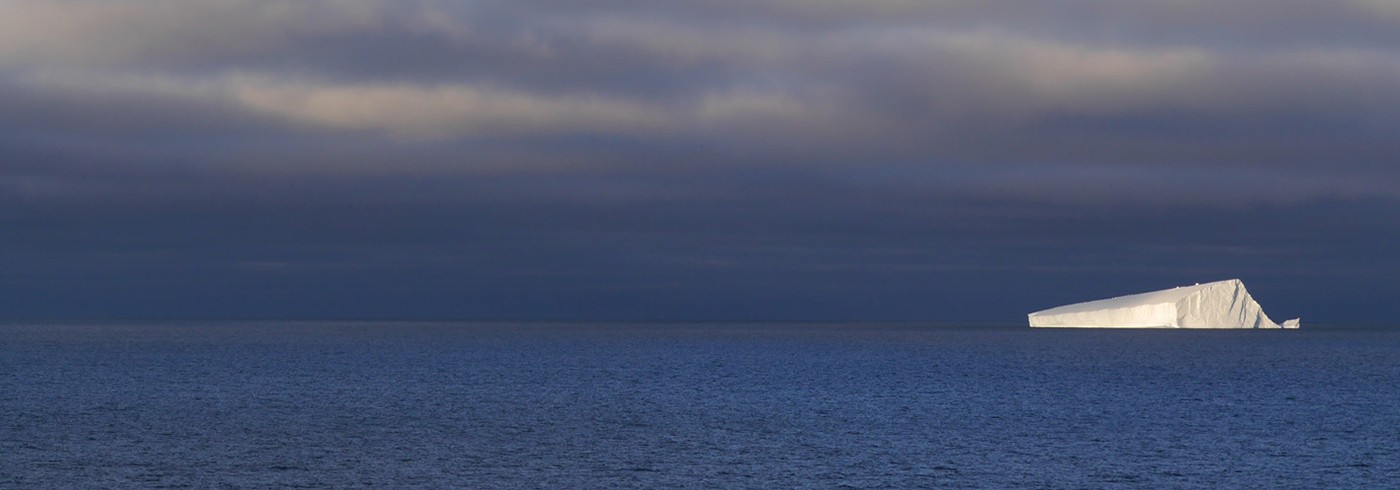Reconstructing ice sheet dynamics in the western Ross Sea during the last glacial period
23 January 2015 - 20 March 2015Significant changes in the behaviour of Antarctic ice sheet catchments are presently delivering increased ice volumes to the ocean. To assess future trajectories of such change it is paramount to examine the longer-term stability and variability of such catchments. Since the western Ross Sea discharges ice from both East and West Antarctica, it is perfectly situated to examine the relative contributions of the two ice sheets and the mode, stability and controls upon ice sheet retreat following the last glacial maximum.
With US icebreaker Nathaniel B. Palmer, we collected a large suite of seafloor geophysical data that reveal, with unprecedented detail, the glacial landforms associated with flow and retreat of the ice sheet. Our geophysical mapping was complemented by an extensive sediment coring campaign that will increase insight into the sediment processes and environments at the grounding zone and tell us more about the timeframe of the ice sheet retreat in this area.
Preliminary results indicate that the southern Victoria Land outlets of the East Antarctic Ice Sheet dominated ice sheet flow in the western Ross Sea. Topographic banks evidently acted as points of stability and furnished independent ice caps during deglaciation. Our data reveal, for the first time, a significant relationship between subglacial meltwater and grounding line retreat dynamics.






